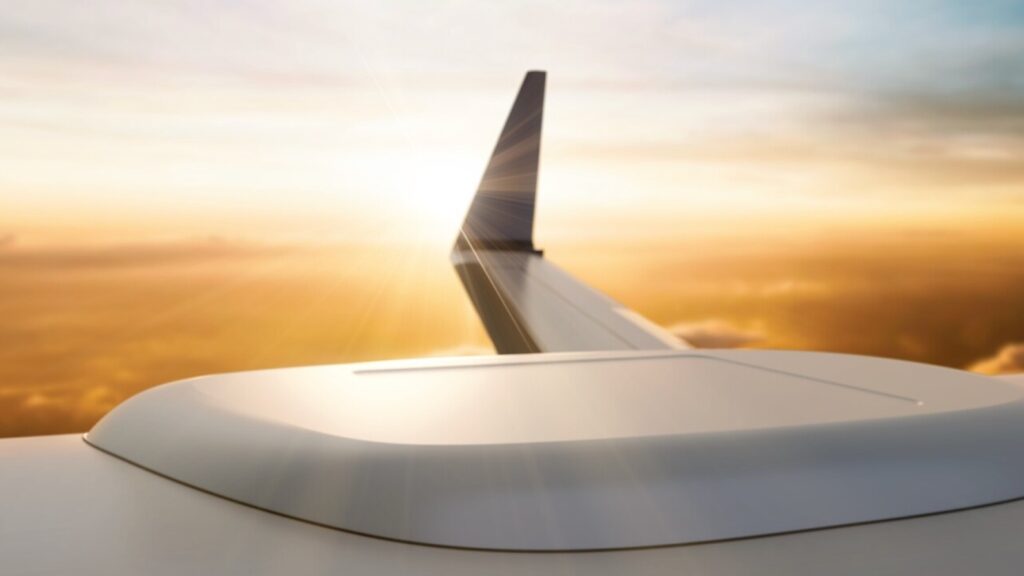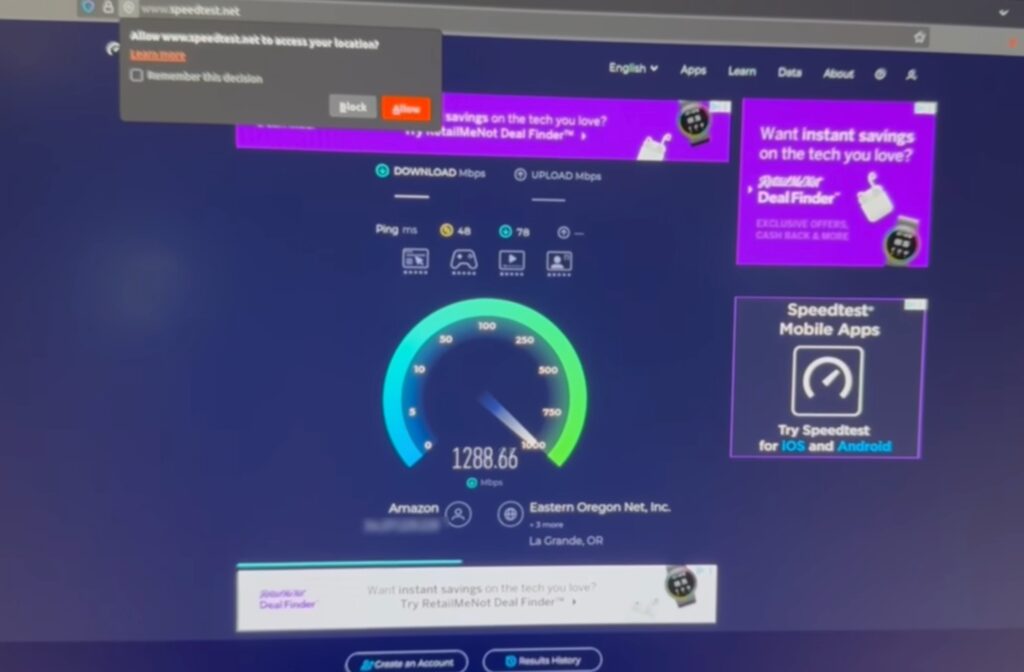Less than four months after JetBlue revealed it has observed a fundamental shift in how passengers use the Internet on board, the New York-based operator has become the first airline to select Amazon’s Project Kuiper Ka-band Low Earth Orbit (LEO) satellite-powered inflight connectivity solution.
The low-latency solution will be fitted to a portion of JetBlue’s fleet in 2027.
The news is a blow to JetBlue’s long-time inflight Wi-Fi provider Viasat, whose Ka-band geostationary (GEO) satellites have supported the carrier’s free, fast ‘Fly-Fi’ branded service since 2013. However, JetBlue has not handed a full-fleet deal to Amazon.
According to the airline, the Project Kuiper IFC technology, which uses an electronically steerable antenna (ESA), will be installed on aircraft currently flying with JetBlue’s original Fly-Fi technology, that is the first-gen Viasat kit.
“Our agreement with Project Kuiper marks an exciting leap forward for us as the hands-down leader in onboard connectivity,” said JetBlue president Marty St. George in a statement.
“Whether it’s binge-watching a favorite show, staying connected with loved ones, or wrapping up a work project, we’re always looking for ways to make our customers’ time in the air as connected and productive as they want it to be.”

Amazon shared a rendering of its aero terminal today. Image: Amazon
Amazon, which is presently hiring engineers to support its aviation work, has deployed more than 100 LEO satellites to date. But build-out of the constellation will take at least a couple of years.
In addition to the mobility sector, Amazon will serve consumers, government and enterprise clients, and it sees SpaceX’s Starlink service as the one to beat. In aviation, Starlink has secured a bevy of customers including Air France, whose first Starlink-fitted jet has just broken cover, SAS, United Airlines, WestJet and more.
Rajeev Badyal, who serves as Amazon’s head of Project Kuiper, yesterday shared a clip on Linkedin showing initial ground-tests of an enterprise-grade terminal delivering speeds of 1-plus Gbps from the LEO satellites in orbit.

Amazon’s speed tests of Project Kuiper over an enterprise-grade customer terminal delivered impressive results.
“Staying connected is part of everyday life, even when you’re traveling,” said Panos Panay, senior vice president of Amazon Devices & Services. “With Project Kuiper, we’re working to ensure customers can enjoy fast, reliable Internet wherever they are — at home or 35,000 feet in the air — and we’re pumped to bring that to life with JetBlue.”
Viasat, meanwhile, is not standing still. The satellite operator and aero ISP intends to offer an Amara-branded multi-orbit IFC solution inclusive of Telesat’s forthcoming Lightspeed Ka-band LEO service. And indeed, JetBlue appears to be all ears, with the carrier saying it is “positioned to explore a multi-orbit solution in the future, which could combine the strengths of both its Low Earth Orbit and GEO networks for even more robust inflight connectivity.”
During the APEX TECH conference in May, JetBlue manager IFE&C Ken McQuillan admitted that Amara is “absolutely” the sort of roadmap that JetBlue wants to see, as passengers are now uploading content in-flight far more than ever in the past.
The download/upload ratio on board today is “like three to one, and it’s probably going to be two to one, and one to one over the next probably two years,” he said, noting that the airline’s current systems aren’t really capable of sustaining that.
Related Articles:
- Amazon hiring in aero as Project Kuiper reaches over 100 satellites
- Airbus adds Amazon, confirms Hughes, removes Viasat GX from HBCplus
- Humpspotter Alert: Starlink breaks cover on Air France E190
- JetBlue observes fundamental change in passenger behavior
Featured image credited to Jason Rabinowitz












